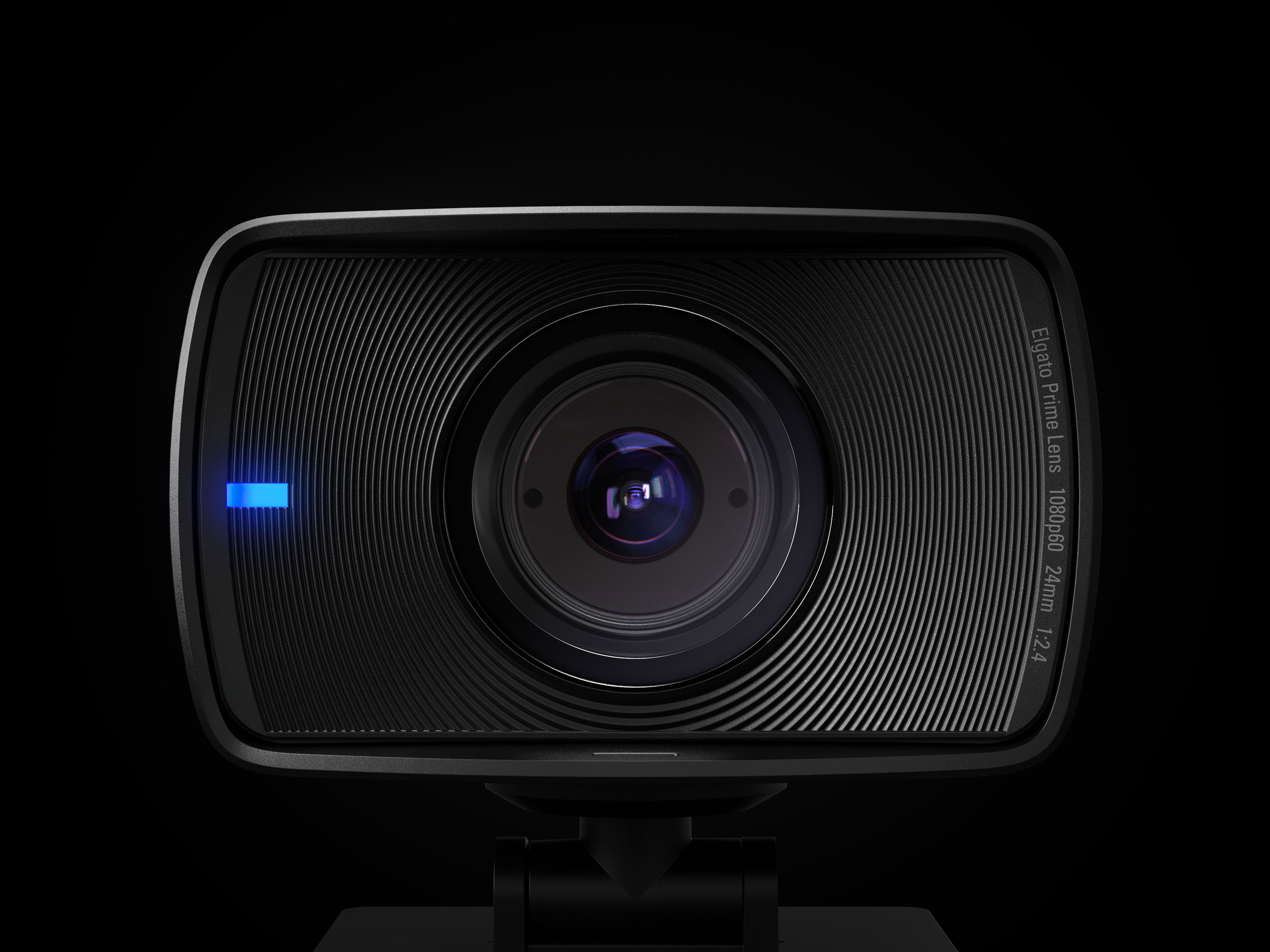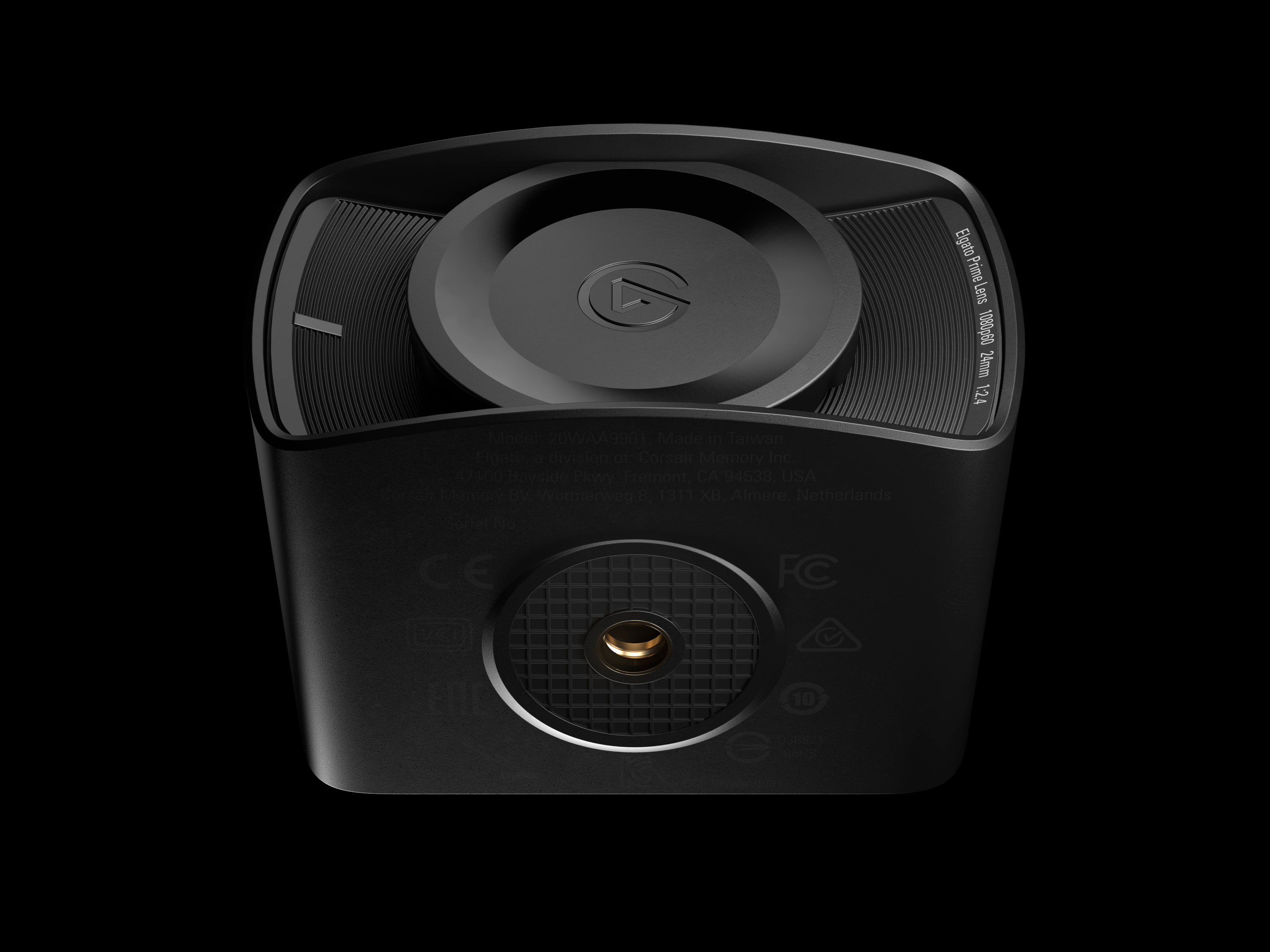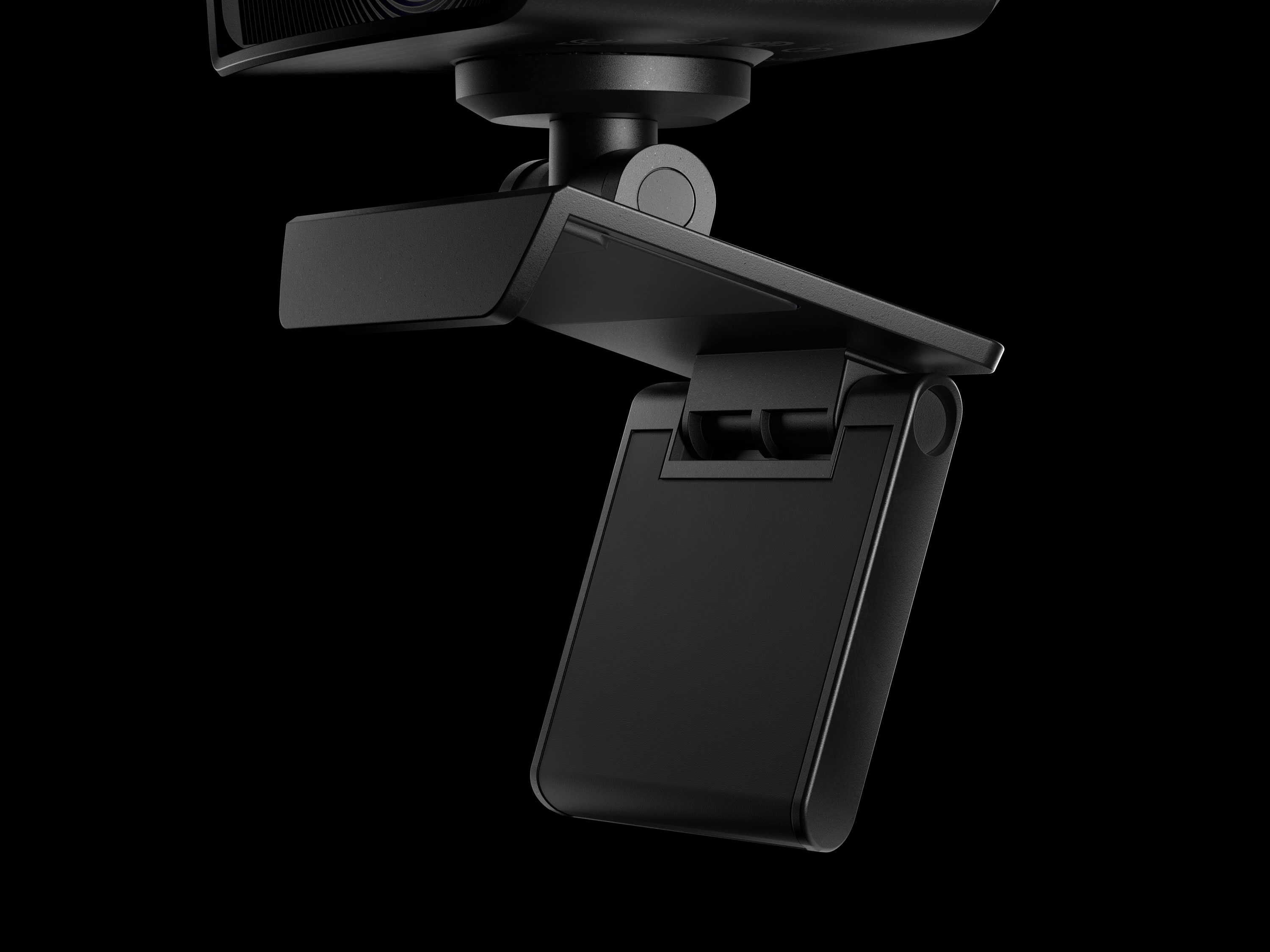The company behind popular streaming accessories like the Stream Deck XL is back with another new accessory. Launching June 15 is the Elgato Facecam, a Full HD 1080p webcam built from the ground up with features designed just for content creators.
Priced at $200, the Elgato Facecam isn’t your average webcam. It sports a premium design and tons of advanced imaging features that ensure you look good during your Teams and Zoom calls. What makes it so special is its high-quality lens and DLSR quality sensor, as well as onboard configuration flash memory.
Elgato is using an eight-element fixed-focus lens with an f/2.4 aperture and a focal length of 24mm. This maximizes the image perimeter sharpness, reduces aberration, and enhances contrast and sharpness, even reducing lens flare. As for the sensor under the lens, it’s a Sony Starvis CMOS sensor, helping get to the webcam’s 82-degree diagonal field of view.
For those unfamiliar, this sensor is used in Dell’s Ultrasharp 4K webcam. It also is a sensor that is used in the cameras of filmmakers as well as photographers.
Interestingly, for those situations where the surroundings around you might getting too hot, the webcam even has a heatsink to keep the webcam cool. Elgato also thought about storing your settings. The webcam sports onboard flash memory, so that you don’t need to constantly change settings when you plug and unplug the webcam between different PCs.
One of the best features of the Elgato Facecam is the processor that is tucked inside it. Thanks to an advanced image engine, you can use the Camera Hub software to tweak exposure compensation, white balance, shutter speed. Facecam also provides the ISO readout from the sensor, so you can know how to tweak your lighting around you. Elgato claims this is the first for a webcam.

The Elgato Faceam doesn’t have a microphone on board, as it is expected for creators and professionals to use a dedicated microphone. And, the webcam caps out at 1080p and doesn’t do 4K imagery. Elgato says this is because “Facecam is laser-focused on providing the best possible Full HD 1080p image at a smooth 60 frames per second.”
Elgato Facecam connects to PCs or Macs via USB-C and can clamp on top of a display or attach to a tripod via a one-quarter-inch thread. It supports uncompressed resolutions of 1080p at 60 frames per second or 30 frames per second. It also does 720p at 60 frames per second or 30 frames per second. For the lower end, it can handle 540 p at 60 fps or 30 fps.





